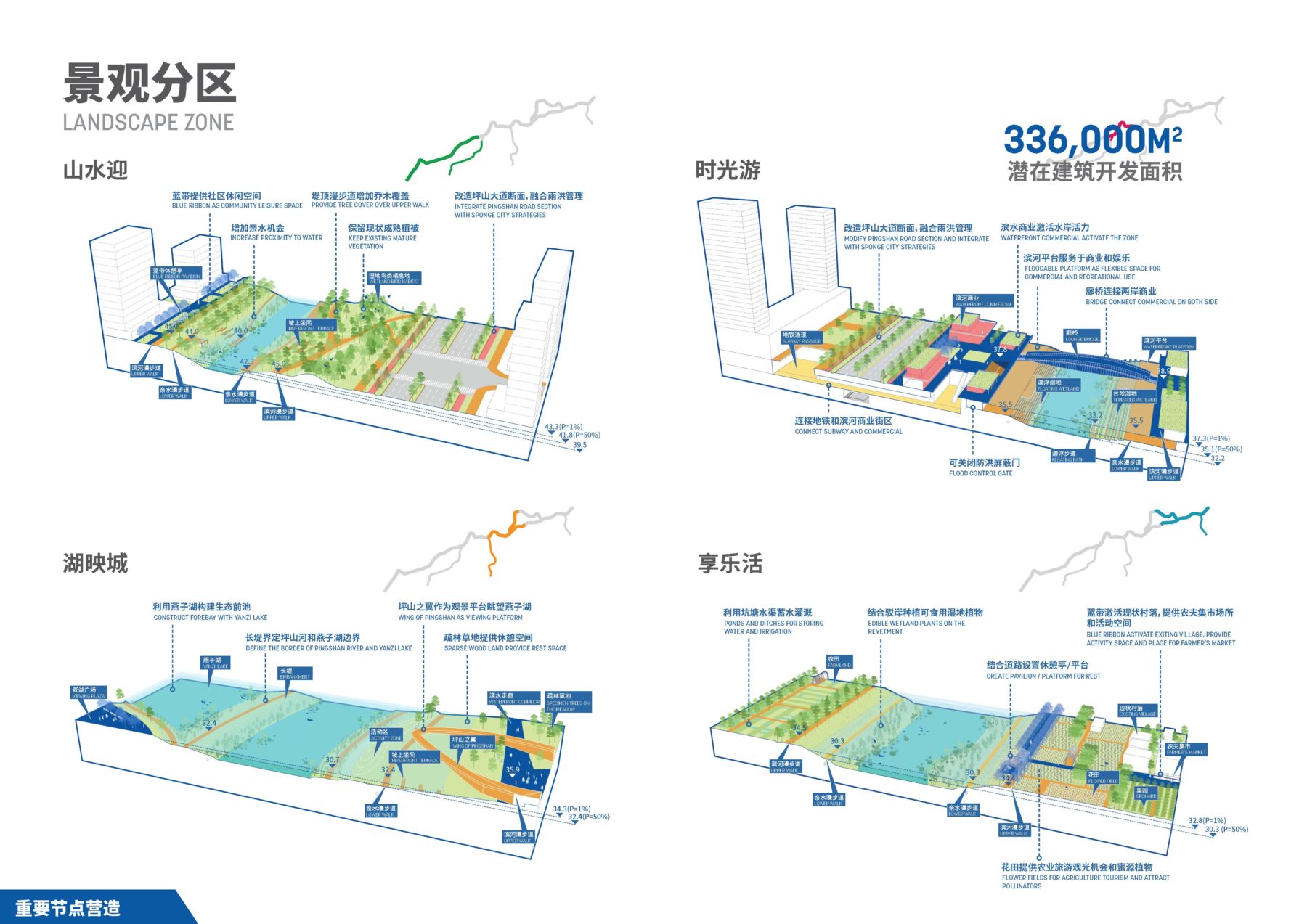Sasaki and Collaborators Win Shenzhen Blueway Planning and Design Competition to Reimagine Pingshan River
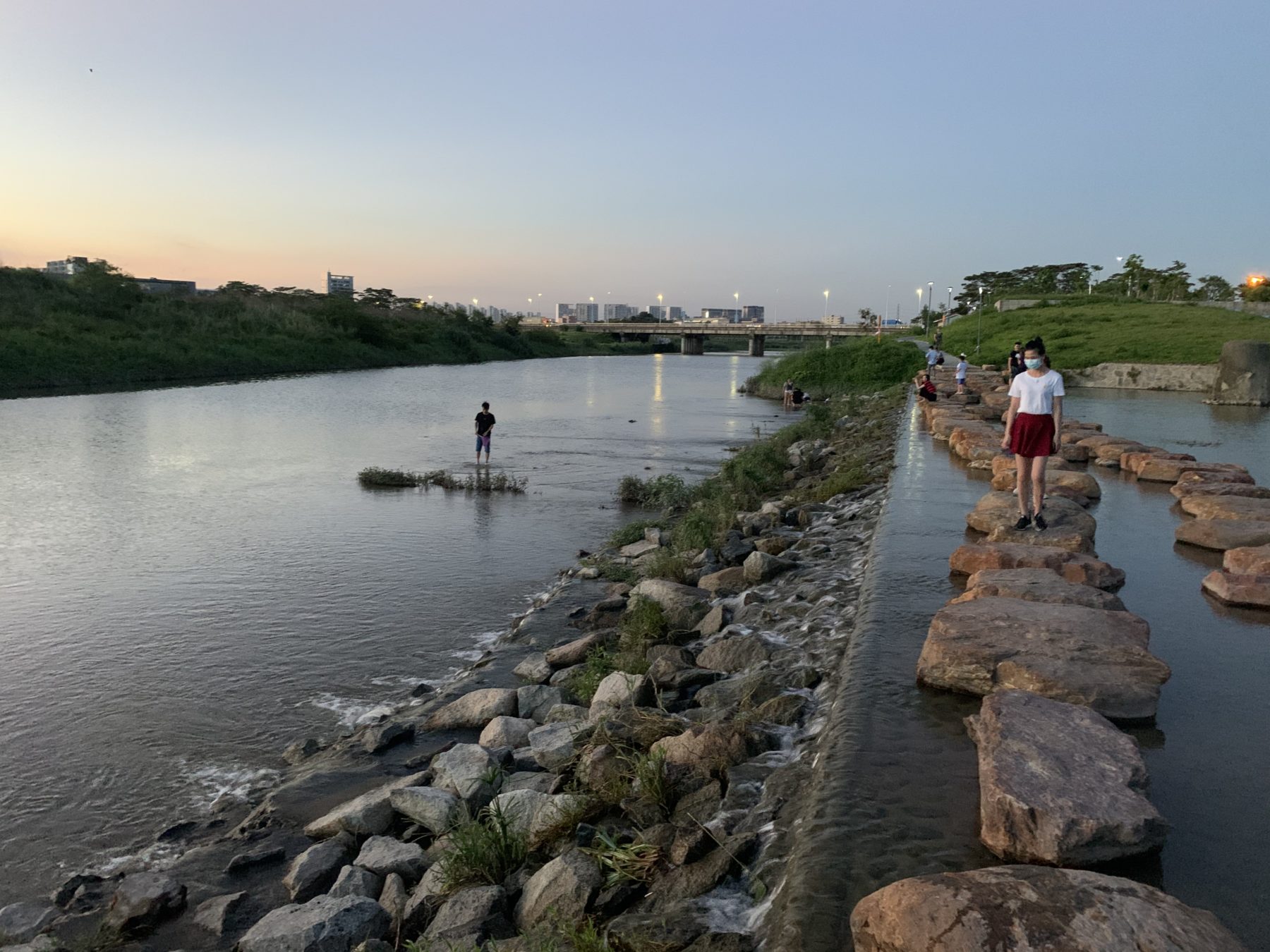
 Sasaki
Sasaki

Shenzhen Water Authority announced the selection of Sasaki and collaborators China Southwest Architectural Design & Research Institute and Guangdong Hydropower Planning & Design Institute—collectively called the “consortium”— as the winner of the “Shenzhen 3 Rivers and 1 Lake Blueway Planning and Design Competition” to envision the future of Pingshan River.
In 2018, the government of Guangdong Province of China launched the Blueway Planning and Design Initiative to reimagine over 10,000 miles of waterways in the region. Extending beyond Guangdong, the project will help shape the development of the Guangdong-Hong Kong-Macao Greater Bay Area, reimagining its urban fabric. Thinking outside the box of the conventional green corridor and river regulation works, the Blueway Initiative aims to support industrial transformation and urban renewal by addressing ecological, recreational, and cultural needs — the “blue” and the “green” juxtapose, creating a unique mix of public spaces and urban developments in a reimagined setting.
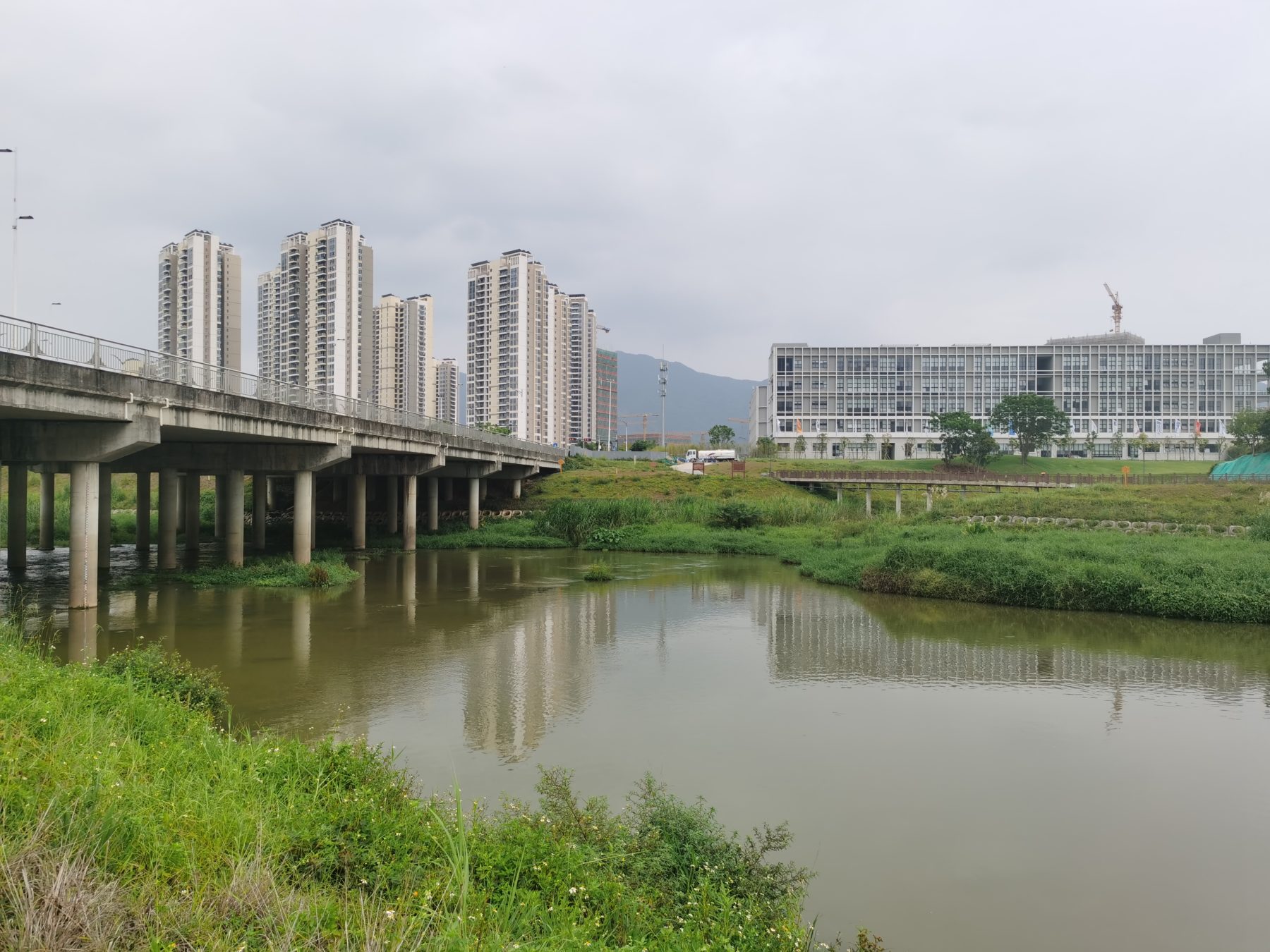
A current view of Pingshan River
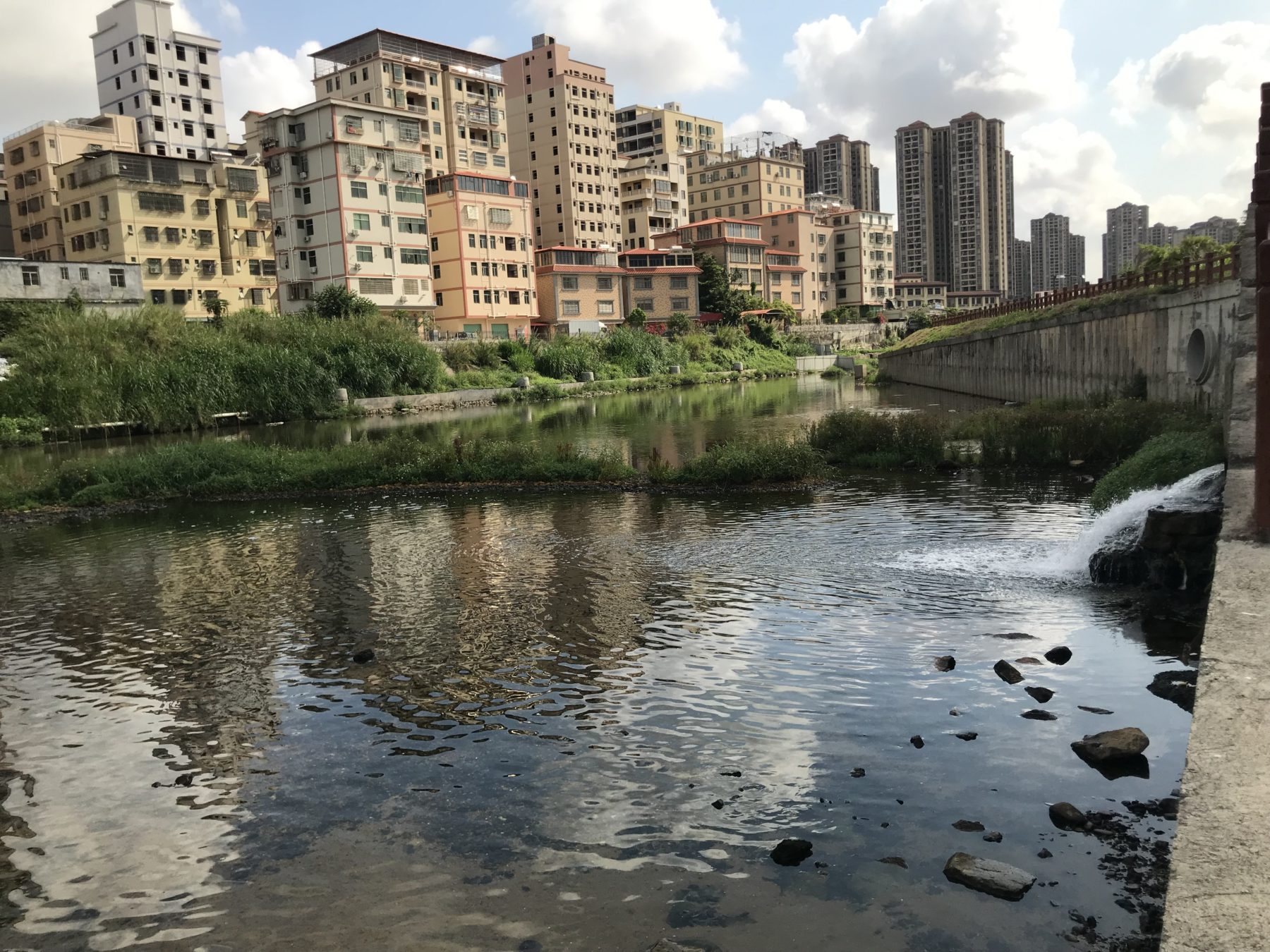
A current view of Pingshan River
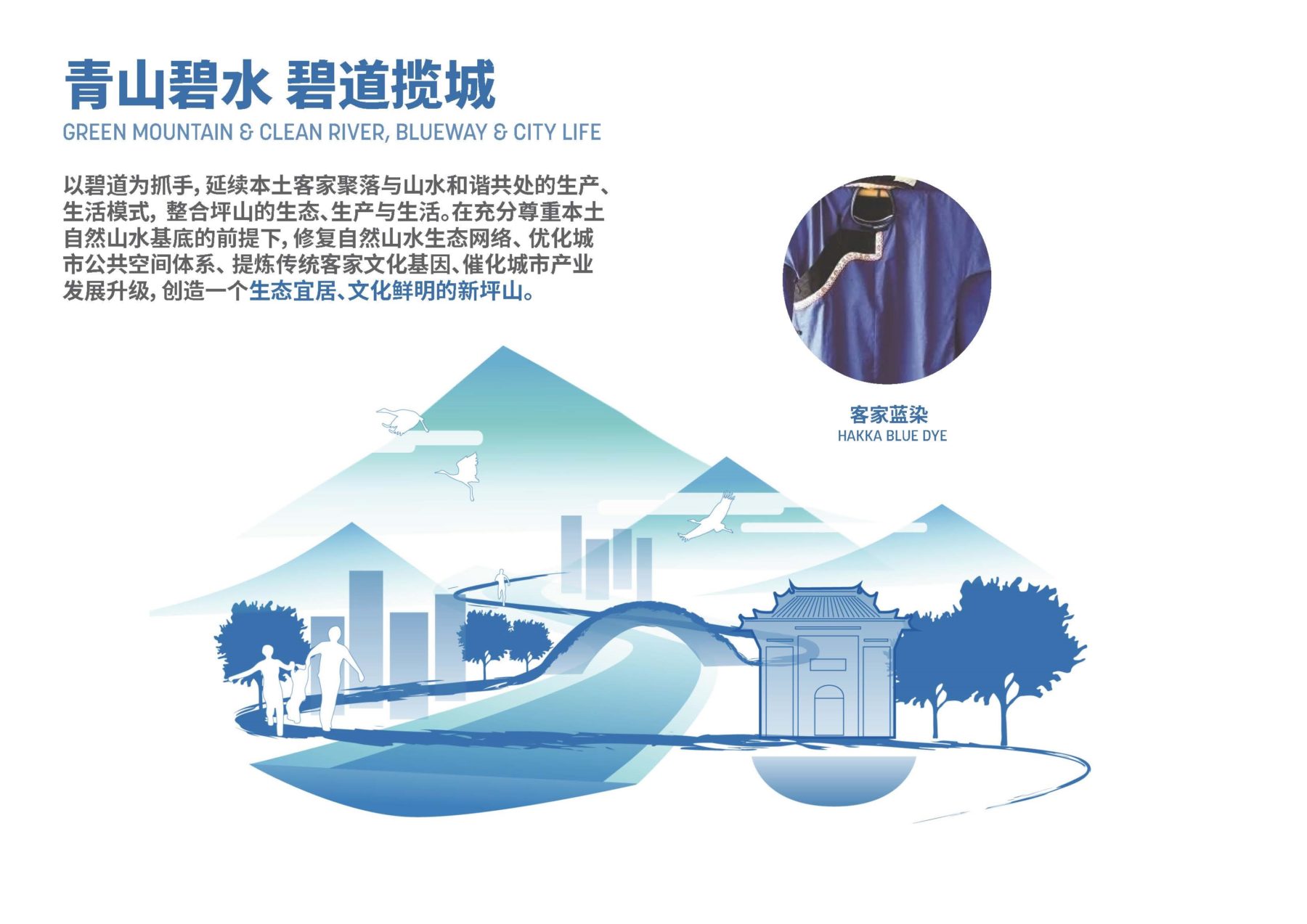
Pingshan River is one of the four “arteries” meandering through the hilly, developed areas of Shenzhen. The consortium’s plans drew upon the theme, “Cultural Icon and Waterfront Recreation,” exploring ways to rejuvenate the local culture of the Hakka people — a Han Chinese subgroup —and the area’s “red” cultural heritage, harkening back to its significance in the rise of Chinese communism. Traditionally, the peaceful coexistence of man and nature is highly respected by the Hakka people. They would not live or work without deep regard and veneration for their natural surroundings. Inspired by and hoping to carry forward this local style of living, the winning scheme aims to bring to life a new Pingshan, by restoring its ecosystems, fostering a strong network of public spaces, strengthening the region’s Hakka roots, and catalysing urban developments and industrial upgrades – making it a place defined by its liveability, eco-consciousness, and its unique cultural identity.
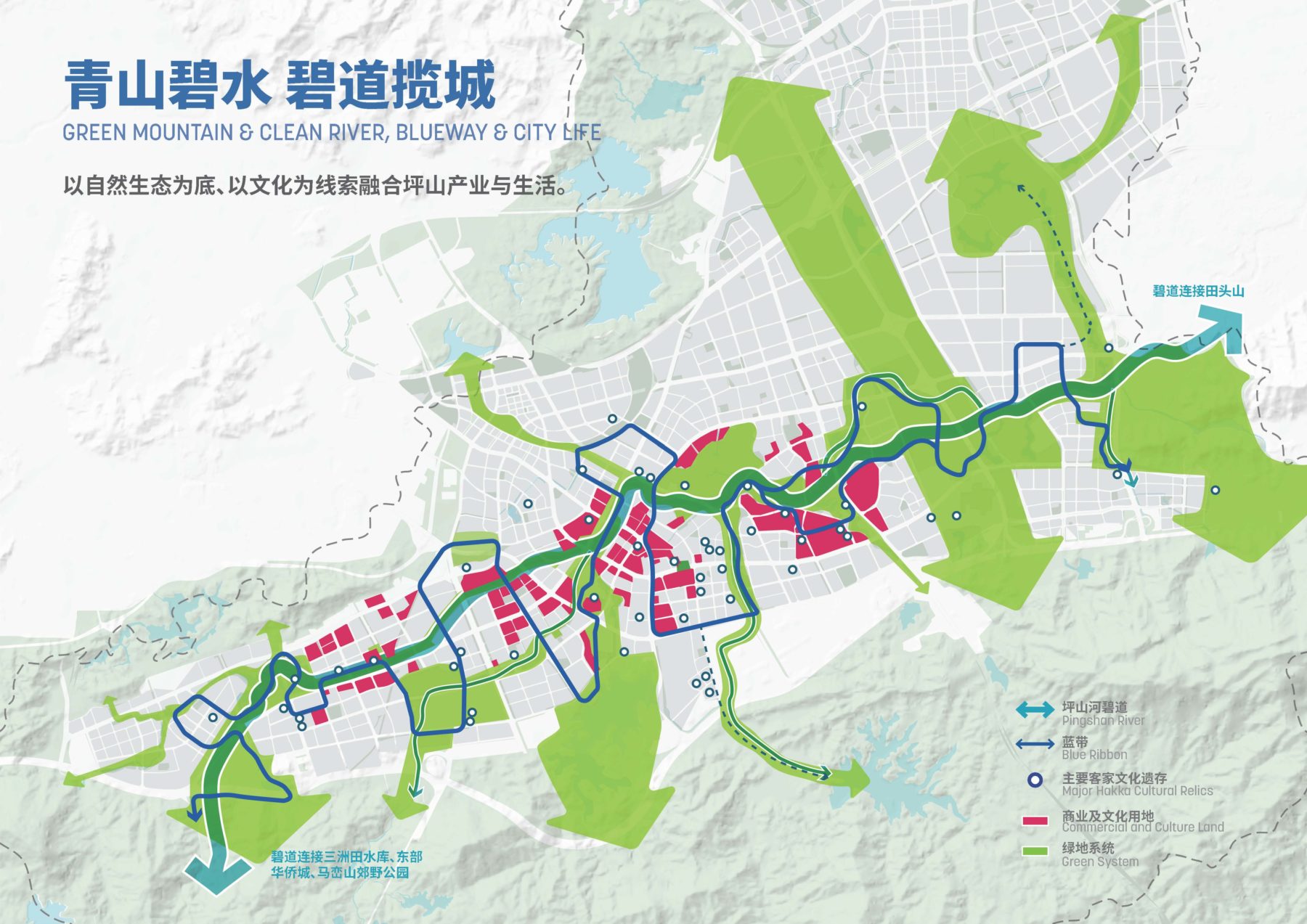
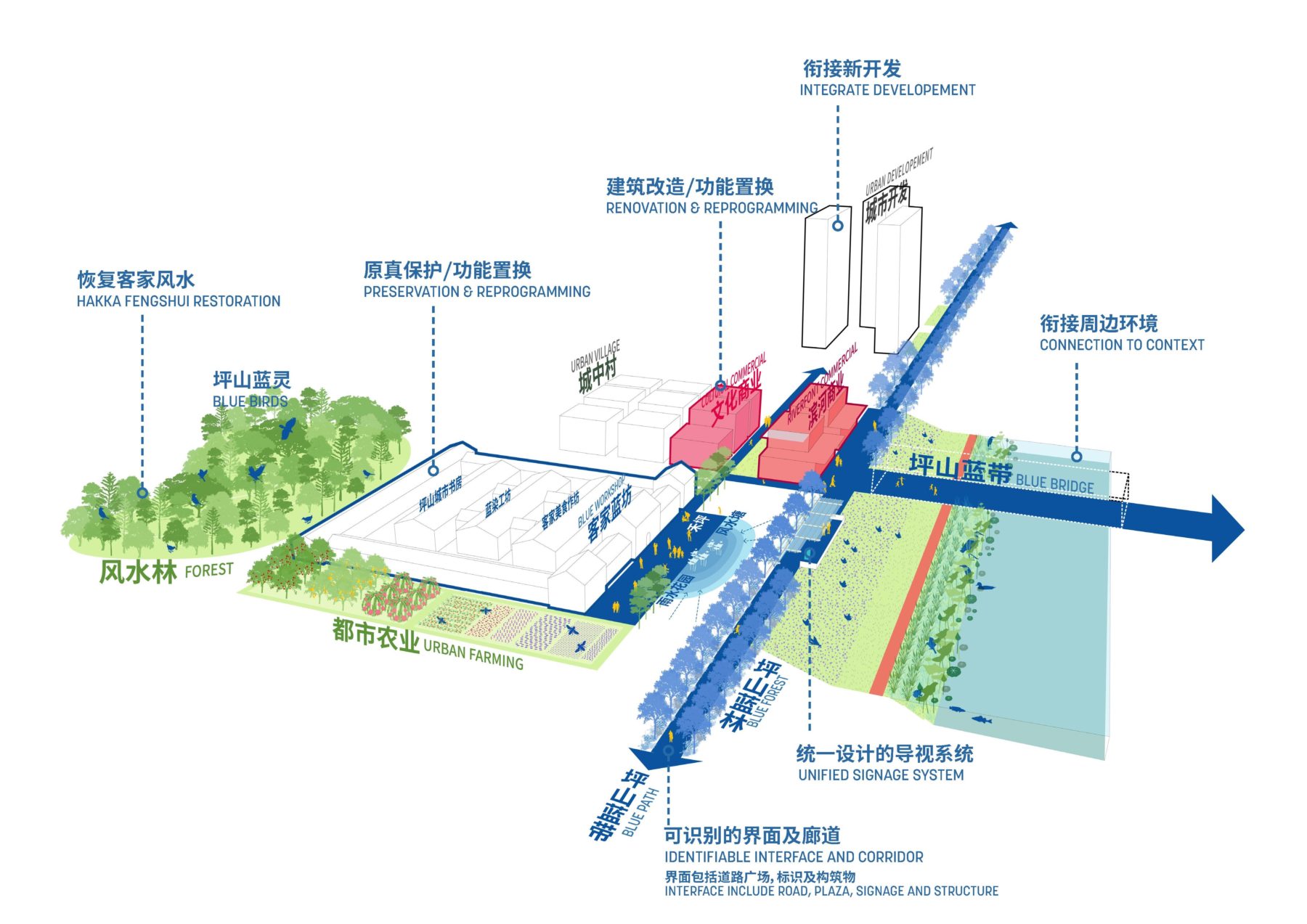
As a result of extensive studies on the waterways and based on their experience in designing waterfront spaces across the globe, the team proposed three strategies on river regulation, ecological restoration, recreation, urban revitalization, and industrial upgrades:
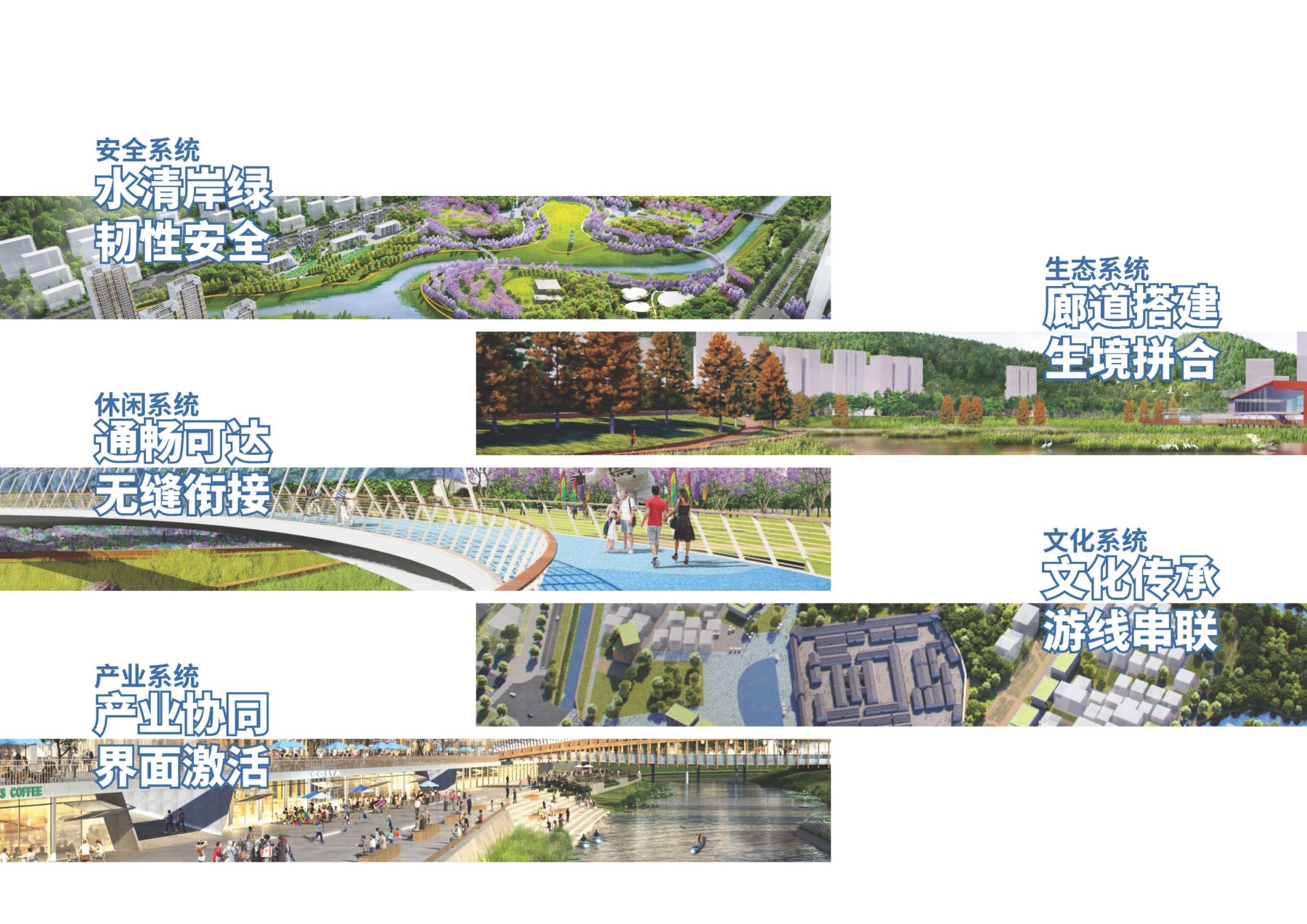
Strategy 1: Blue river, clean water (hydrological aspect)
Restore the natural mountain and water network by improving flood control and drainage, managing water flow, improving water quality, and introducing a forecast and evacuation mechanism. Safeguard the broader water basin, ensuring base flow and safety during periods of flood discharge.
Strategy 2: Stitching together natural resources (ecological + recreational aspect)
Safeguard and add value to existing natural resources and foster a robust network of public spaces by preserving the mountains and the water, restoring wildlife habitats, creating view corridors, and enabling well-connected slow and pedestrian traffic. In doing so, close connections are built between man and nature, forming a network that encompasses natural and urban elements.
Strategy 3: An incomparable cultural identity (cultural + industrial aspect)
Revisit the region’s Hakka roots and catalyze urban development and industrial upgrades by energizing the waterfront and highlighting a rich array of cultural features to allow people to get close to the river again.
